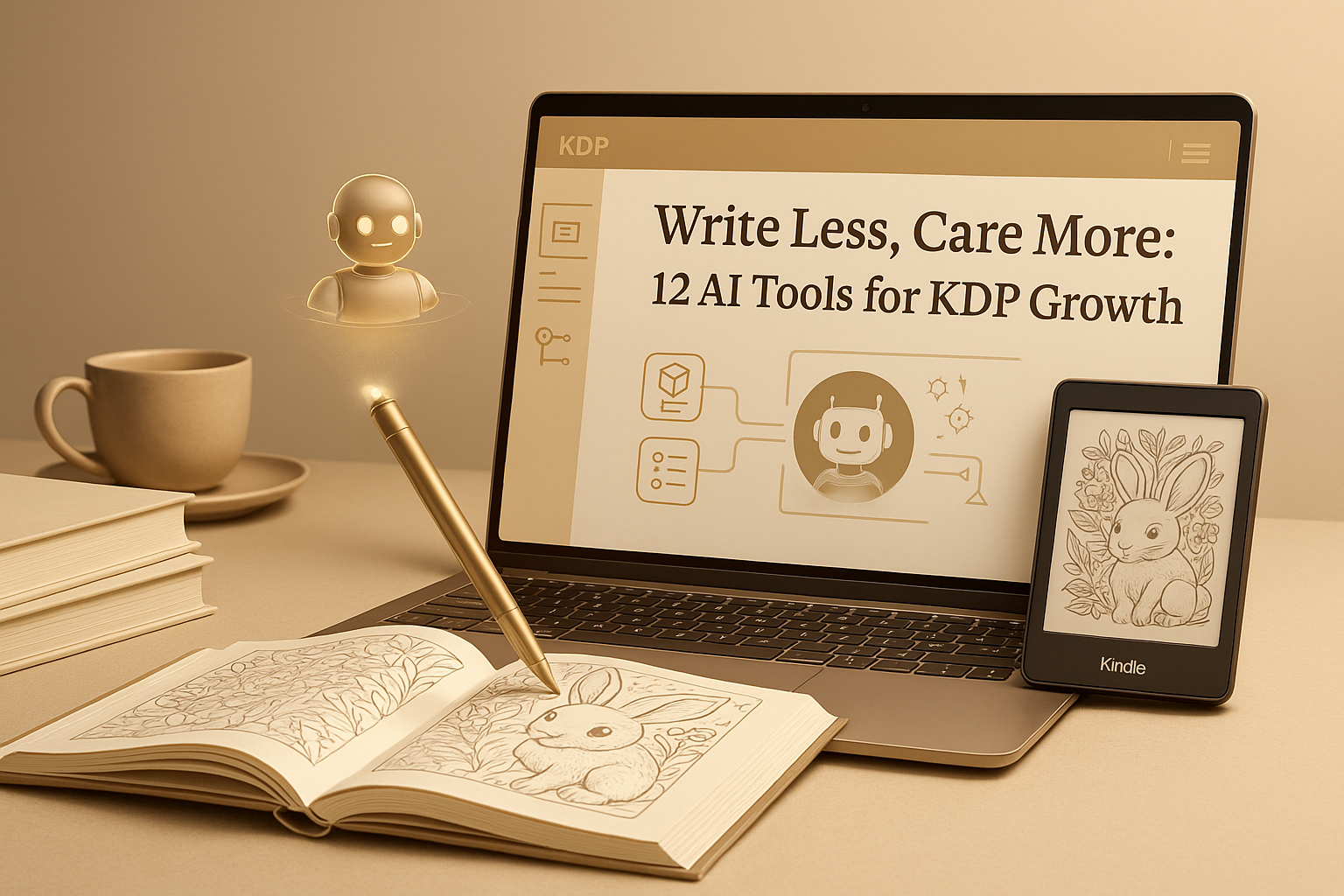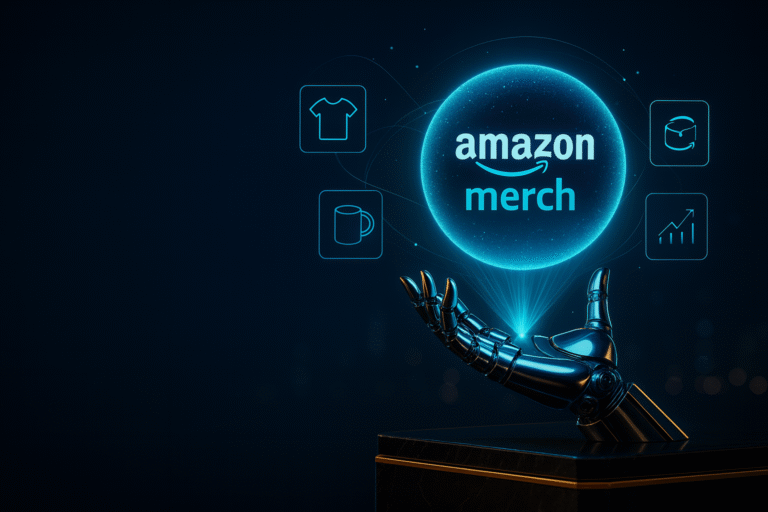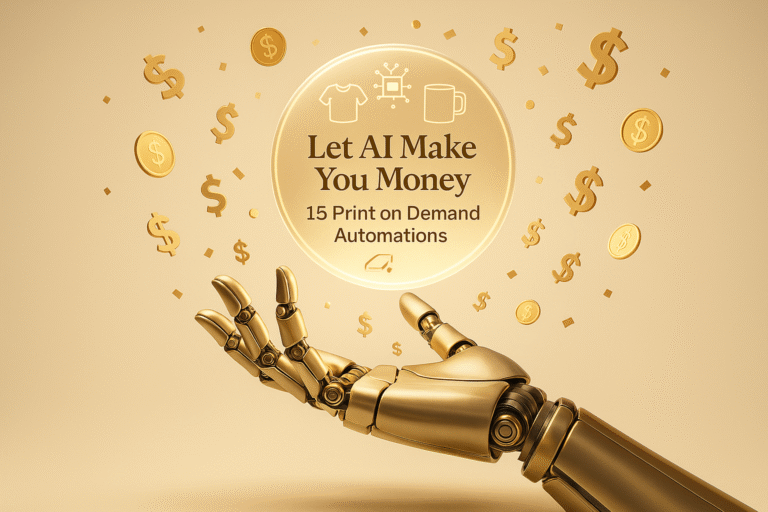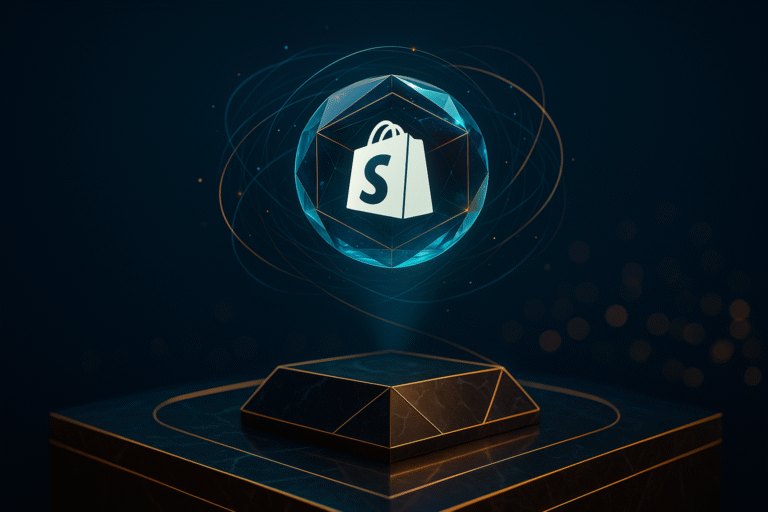The artificial intelligence revolution is transforming Amazon Kindle Direct Publishing, with over 60% of successful self-published titles now incorporating AI assistance and the global AI publishing market exploding from $2.8 billion in 2023 to a projected $41.2 billion by 2033. This represents an unprecedented opportunity for affiliate marketers and content creators, as KDP authors increasingly seek tools that can streamline every aspect of the publishing process—from initial book concept to final marketing campaign. The convergence of AI technology with self-publishing has created a lucrative ecosystem where the right tools can help authors increase productivity by up to 66% while generating substantial affiliate commissions for those who promote them effectively.

Market opportunity reaches historic heights
The numbers tell a compelling story about AI’s impact on publishing. The AI-assisted publishing market is experiencing explosive growth with a compound annual growth rate of 30.8%, driven primarily by North America which holds 40% of the market share and generates $1.12 billion in annual revenue. Natural Language Processing dominates with 35% of applications, followed by Machine Learning at 30%, with cloud-based solutions capturing 72% of deployments.
Industry adoption has reached a tipping point. Academic research from MIT Sloan demonstrates productivity improvements of 38% for highly skilled workers when operating within AI capabilities, while business writing studies show 59% more documents produced per hour. The Federal Reserve reports that 28% of workers now use generative AI at work, with users saving 1-4+ hours weekly. For KDP authors specifically, these productivity gains translate directly to increased publishing velocity and revenue potential.
Amazon KDP remains the dominant platform, with 87% of indie authors naming it their top revenue source. The Alliance of Independent Authors reports that self-published authors earned a median of $12,749 in 2022—significantly higher than traditional published authors at $8,600. High-earning authors publish an average of 61 books compared to just 9 books for those earning under $100 monthly, creating a clear correlation between volume publishing and AI tool adoption.
Essential AI tools with lucrative affiliate programs
Research across eight key categories reveals 12 standout tools that combine powerful KDP functionality with attractive affiliate opportunities:
Content creation and writing tools
Jasper AI leads the pack with 25-30% recurring commissions for 12 months, offering long-form content creation, marketing copy generation, and brand voice customization. Top affiliates earn over $10,000 monthly with this program, which features a 30-45 day cookie and $25 minimum payout through PayPal.
Copy.ai offers the highest commission rate at 45% for the first year with 60-day cookie duration and no minimum payout. The platform excels at book descriptions, marketing content, and social media promotion materials, making it particularly valuable for authors building comprehensive marketing campaigns.
Sudowrite has gained traction among fiction authors with its Story Bible feature and Canvas tool for plot development. Used by bestselling authors including Hugh Howey, it offers affiliate programs through their website though specific rates aren’t publicly disclosed.
Niche research and keyword optimization
Publisher Rocket stands out with a $60 commission per sale and 90-day cookie session, featuring Amazon keyword research across 19,000+ categories, competition analysis, and sales estimates. Success stories include authors increasing income from $500 to $4,000 monthly, making it highly appealing to potential customers.
BookBeam offers 25% lifetime recurring commissions with real Amazon data from 200+ million books, Chrome extension integration, and comprehensive competitor tracking. Users report 8x income increases, providing strong conversion potential for affiliates.
Helium 10 provides the highest commission structure at up to 150% per referral with no commission cap, featuring comprehensive Amazon seller tools adaptable for KDP research including Black Box, Cerebro, and Xray functionality.
Design and formatting solutions
Canva recently shifted to an “Empower Canvassador” program focused on content creators, previously offering up to 20% commission with 30-day cookies. The platform’s AI book cover generator and thousands of templates make it essential for budget-conscious authors.
Atticus provides all-in-one writing and formatting with theme customization and multi-platform export, available through affiliate networks with competitive commission structures.
Marketing and automation tools
Kit (formerly ConvertKit) offers exceptional terms with 50% commission for 12 months, then 10-20% recurring based on tier status. Built specifically for creators and authors, it excels at email automation and course integration.
MailerLite provides 30% lifetime recurring commission with $100 minimum payout, perfect for author newsletters and book launch campaigns with extensive automation features.
Real success stories reveal transformation patterns
Authentic testimonials from KDP authors demonstrate measurable impacts across multiple dimensions. Linda J. used AI Powered Puppet Profits to publish her first children’s book “within a day,” while Sarah P. created and uploaded her first puppet book “in under an hour.” These time compression benefits represent the most significant value proposition for busy authors.
BookBeam users report dramatic improvements in listing optimization, with one author’s book sales “starting to fly off the shelf” after improving listing scores from 4.6/10 to near 10/10. Publisher Rocket testimonials consistently mention authors transitioning from $500 monthly to $4,000+ monthly income within weeks of implementation.
Industry professionals validate these trends. James Thornton, Amazon KDP Consultant, notes that “authors who invest time in keyword research and category selection see a significant increase in organic sales.” Dr. Caroline Bennett, Publishing Strategist, emphasizes that “authors who embrace these technological advancements are positioning themselves ahead of the curve in terms of visibility and profitability.”
The most successful authors treat AI as enhancement rather than replacement. They emphasize adding personal touch to AI-generated content, strategic tool selection that complements their specific genre, and data-driven decision making for keyword research and market analysis. Authors who integrate multiple AI tools across writing, marketing, and formatting report the strongest outcomes.
Market data confirms explosive growth trajectory
Statistical analysis reveals that the children’s educational market, particularly lucrative for AI-assisted publishing, is valued at $7.65 billion globally. Amazon KDP authors have earned over $3.5 billion in the platform’s 10 years, with more than $650 million earned in the past 12 months alone. Over 2,000 self-published authors surpassed $100,000 in royalties in 2022.
Revenue correlation data shows clear patterns. Authors earning $20,000+ monthly average 61 published books, while those earning $100 or less average only 9 books. The highest earners spend $500-999+ on professional covers and invest an average of $700 monthly in marketing. These investment patterns directly support the affiliate opportunity for premium AI tools.
Recent platform changes reflect quality concerns as market saturation increases. Barnes & Noble de-listed thousands of self-published titles in 2024, while Amazon KDP implemented daily upload limits and identity authentication requirements. These changes favor authors using professional AI tools that ensure compliance and quality standards.
SEO strategies maximize affiliate content performance
Current 2025 SEO best practices emphasize Experience, Expertise, Authoritativeness, and Trustworthiness (E-E-A-T) for tool review content. Google’s algorithm updates specifically target affiliate and tool review sites, rewarding authentic, experience-based reviews while penalizing generic, AI-generated comparisons.
Content structure should prioritize comprehensive testing and documentation. Optimal posts range 2,500-4,000 words with detailed sections covering tool overview, feature analysis, pricing breakdown, user experience testing, competitor comparison, and final verdict. Essential technical elements include Review Schema markup, Core Web Vitals optimization (LCP under 2.5 seconds, FID under 100ms, CLS under 0.1), and mobile-first responsive design.
Keyword research for KDP tools should focus on long-tail, high-intent phrases like “Kindle Direct Publishing tools,” “KDP formatting software,” and “Amazon publishing AI tools.” Publisher Rocket proves valuable for KDP-specific keyword research, while traditional tools like SEMrush and Ahrefs handle broader analysis. Targeting question-based queries and Amazon’s A9 algorithm insights improves conversion rates.
Link building strategies should emphasize industry-specific tactics including expert roundups with KDP authors, comprehensive tool comparisons, documented case studies, and contributions to publishing communities. High-value targets include Self-Publishing Advice, The Book Designer, Alliance of Independent Authors, and active Reddit communities like r/selfpublish.
Implementation roadmap for maximum impact
Success in promoting KDP AI tools requires strategic approach across content creation, audience development, and conversion optimization. Begin with hands-on testing of 3-5 high-commission tools to develop authentic expertise and compelling case studies. Document complete user journeys with screenshots, metrics, and before/after comparisons.
Content development should follow proven patterns: start with personal experience and testing, use AI for research and initial drafts only, add unique data and insights, include multimedia elements, and focus on solving specific author pain points. Avoid generic tool comparisons in favor of scenario-based recommendations and workflow integration guides.
Affiliate program selection should prioritize lifetime recurring commissions over one-time payouts when possible. Copy.ai’s 45% first-year commission, Kit’s 50% 12-month rate, and BookBeam’s lifetime recurring structure provide sustainable revenue streams. Balance high-commission tools with proven performers like Publisher Rocket’s $60 one-time payments.
Technical implementation requires schema markup for reviews and products, Core Web Vitals optimization, strategic internal linking, and comprehensive FAQ sections targeting featured snippets. Mobile optimization remains critical, with fast loading times, touch-friendly interfaces, and readable text without zooming.
The competitive advantage window narrows
The AI publishing tools market presents a time-sensitive opportunity as adoption accelerates and competition intensifies. Early movers who establish authority through comprehensive testing, authentic case studies, and strategic SEO implementation will capture disproportionate affiliate commissions as the market matures. Industry projections suggest 90% of published books will have AI influence by 2025, making this transformation inevitable rather than optional.
Success requires treating AI tools as part of a comprehensive business strategy rather than standalone solutions. The most profitable approach combines high-commission affiliate programs, authentic user experience, strategic content creation, and technical SEO excellence. Authors and marketers who master this integration will benefit from both the explosive market growth and the substantial affiliate opportunities it creates.
The data demonstrates that AI-assisted publishing isn’t just a trend—it’s the new foundation of the self-publishing industry. Those who act decisively to establish expertise and capture audience attention in this rapidly evolving space will reap the rewards of being early adopters in a market projected to reach $41.2 billion by 2033.
Amazon KDP + AI: Frequently Asked Questions
Is AI-generated content allowed on Amazon KDP?
Policy basics
AI-assisted content is generally permitted if it’s original, complies with KDP guidelines, and doesn’t infringe on copyrights or trademarks. Always review current KDP policies and disclose AI use when required.
Best practice
- Run plagiarism and fact checks
- Add human editing for voice & accuracy
- Document sources for non-fiction
Which AI tools should KDP beginners start with?
Starter stack
Begin with an AI writing assistant for outlines/drafts, a KDP-focused keyword tool for niches & categories, and a cover design tool. Add email marketing once you’re publishing consistently.
Upgrade path
- Formatting software for print + eBook
- Automation for newsletters & launches
- Analytics to track rank, reviews, and ads
How can AI help me find profitable KDP niches and keywords?
Research workflow
Use AI to brainstorm topic clusters, then validate with keyword tools that show search volume, competition, and category fit. Prioritize underserved sub-niches with consistent demand.
Quick wins
- Target long-tail phrases in titles/subtitles
- Pick accurate categories and 7 backend keywords
- Iterate based on conversion and rank trends
What’s a realistic timeline to publish with AI assistance?
Typical speed
With a focused workflow, first drafts can be completed in days, with total time to publish often 2–4 weeks including editing, cover, and formatting. Series and low-content books may be faster.
Acceleration tips
- Work from validated outlines
- Batch tasks (covers, blurbs, uploads)
- Reuse templates and style presets
How do I measure ROI on AI tools for KDP?
Core metrics
Track time saved per book, conversion rate from page views to sales, organic rank movement, and revenue per title. Compare results pre- and post-tool adoption.
Practical approach
- Create a simple KPI dashboard (weekly)
- Attribute gains to specific tool actions
- Cut tools that don’t improve output or sales
Do I need coding or technical skills to use AI for KDP?
Good news
No. Most tools are no-code with templates and wizards. You’ll go farther by mastering prompts, editing, and market research rather than coding.
Skill focus
- Prompting and outline structure
- Editing for clarity and voice
- Keyword/category strategy
What are best practices for AI covers and descriptions?
Covers
Follow genre conventions, ensure readable typography at thumbnail size, and use legal/commercial-safe assets. A/B test color, imagery, and subtitle.
Descriptions
- Hook in line 1–2 with benefits
- Use scannable bullets and social proof
- Include primary keywords naturally
.





coool
Interesting